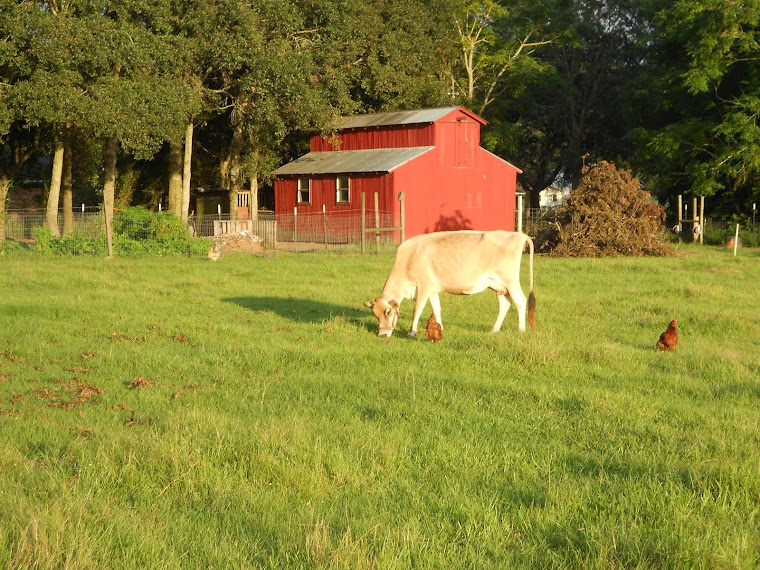In fallow fields all around us at this time of year, you see a bright, happy yellow hue that radiates happiness. To some, the sight of this radiates allergy problems because this is goldenrod. Interestingly enough, the honeybees love this stuff. All day long they forage for pollen and nectar in these yellow fields.
During the springtime, for spring honey, it is primarily made from the flowers of Chinese tallow trees, white Dutch clover, and privet. We pulled all that honey in July. For the fall crop of honey, it is almost entirely goldenrod honey. Goldenrod honey has a very strange attribute. It stinks. Seriously. It smells like a sweaty t-shirt that you took off after mowing and through into a hamper, maybe along with a pair of sweaty socks. The sour smell is exactly what goldenrod honey smells like. You walk around the hives and you can't miss it. It is beneficial to your health, though, and so, this year for the first time, we are planning to pull fall honey.
It's time we inspect the hives to make sure the bees have enough space in the hive to put the stores of nectar they are bringing in. We apply a little smoke to calm them down. As soon as you open the telescoping lid, you hear a humming sound as they come up to greet you.
I pulled out a frame and it's heavy. It's almost completely capped. The uncapped cells have nectar in them and they'll be capped soon. Almost all the frames are full of honey. They are going to run out of room. That means we'll need to add another medium super on the top to give them more room. The rule of thumb is that when the box is 80% full of capped honey, add another box. If you don't, you run the risk of them running out of room and leaving.
Before putting the top on, I put another swiffer sheet on top of the frames, to catch small hive beetles.
Before I put the empty box on top, let me pull it back off and show you how active the bees are. This was at about 9 AM, so many of the bees are out in the goldenrod field already, foraging for nectar and pollen.
They are very busy and are not afraid to get in my face and let me know they mean business! I am very thankful for my bee suit.
So all in all, once we added the empty supers on top of the full ones, we have nine total honey supers. We'll be pulling honey in early November when the goldenrod blooms taper off.
We'll let you know how it goes next month.








No comments:
Post a Comment